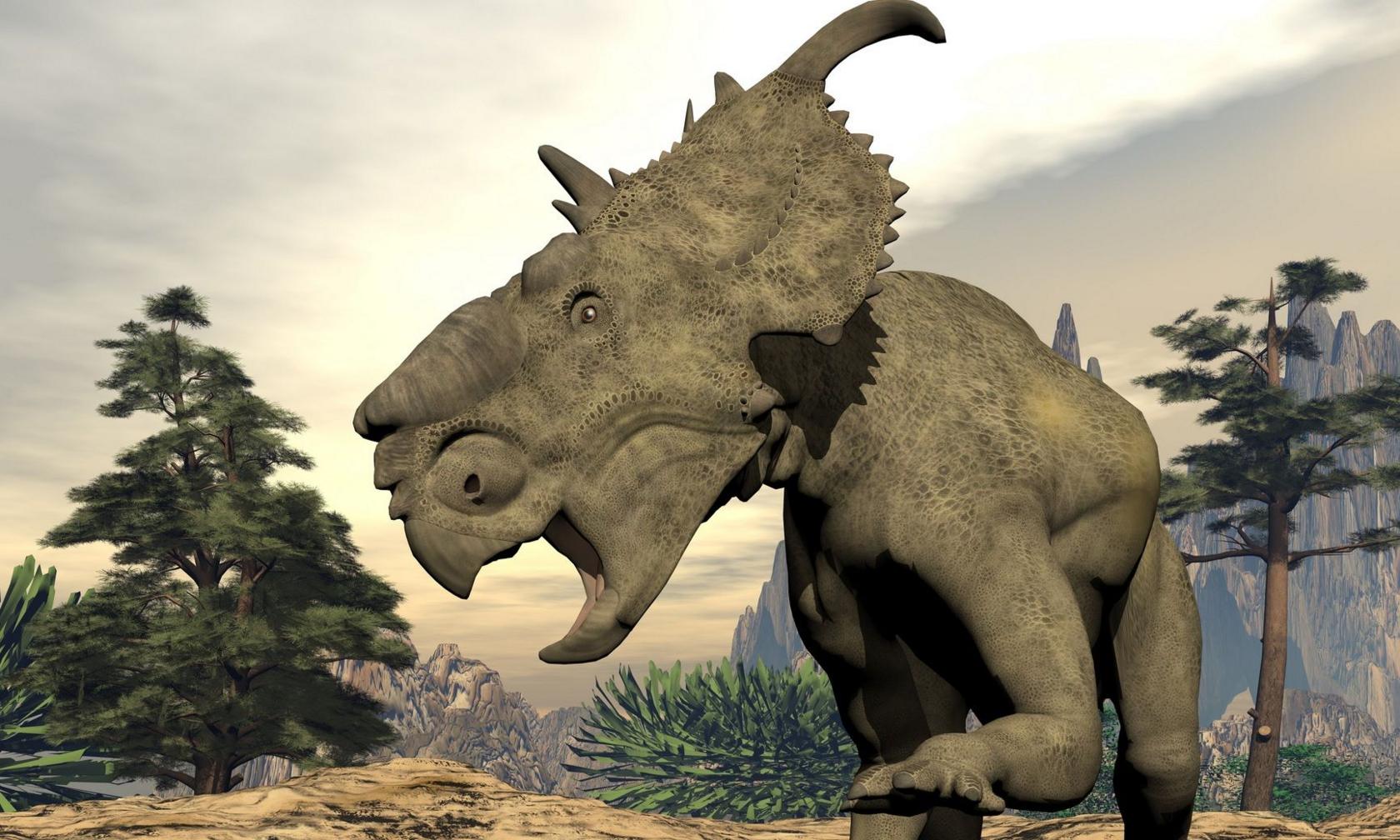How did pterosaurs become giants of the sky?
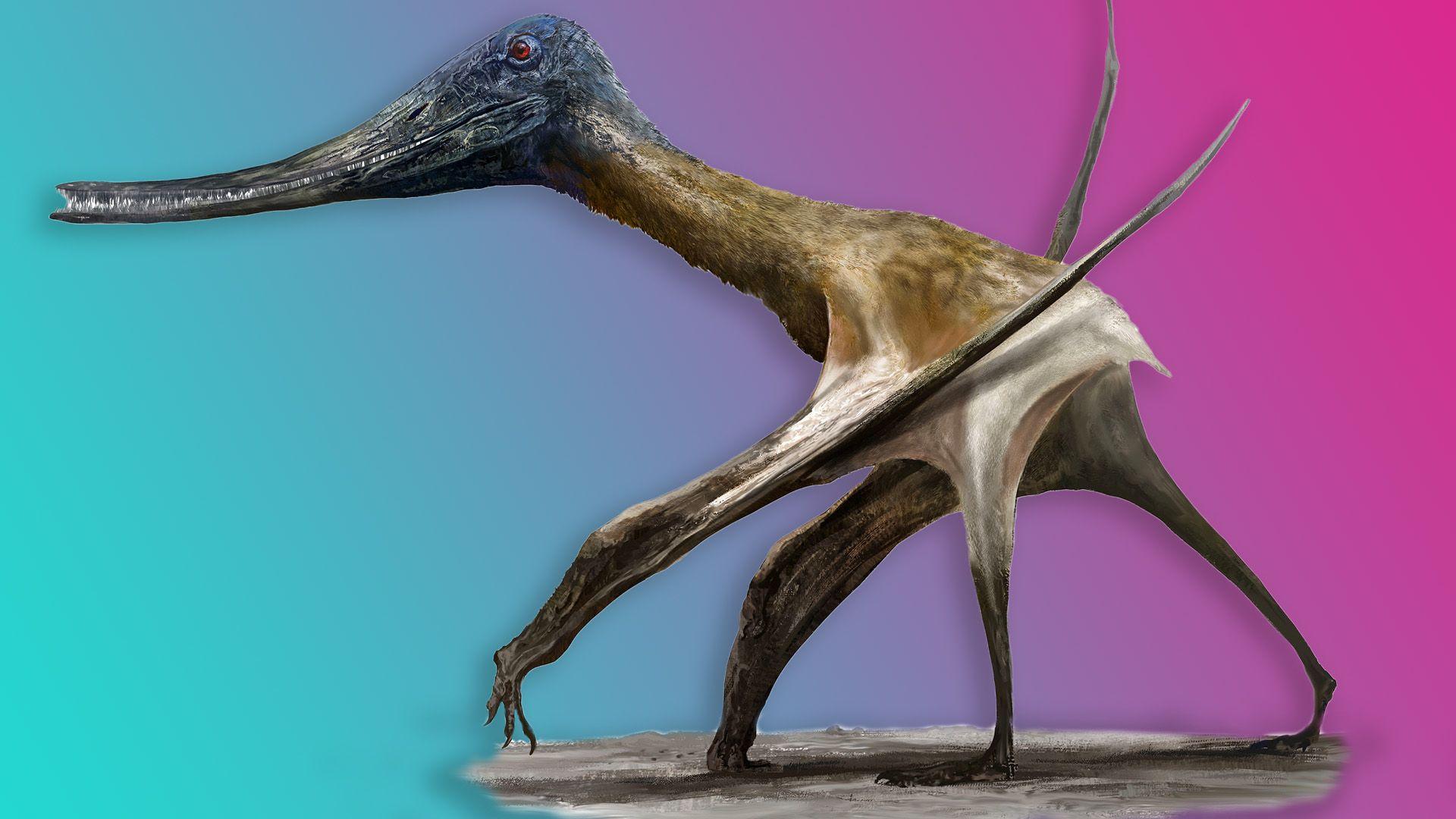
An artist's impression of a short-tailed pterosaur, a Balaenognathus
- Published
Pterosaurs were huge flying reptiles living among dinosaurs millions of years ago.
Forget birds or bats, pterosaurs evolved flight tens of millions of years before them, becoming the first vertebrates to be able to fly.
They are the largest flying animals to ever exist, with wingspans of up to 10 metres long - similar to a small plane - but how they became giants of the sky has puzzled palaeontologists.
Now, new research suggests their ability to walk on the ground is what helped them evolve and grow to enormous sizes.
More prehistoric articles this way
Large dinosaurs 'thrived' near the South Pole - footprints in Australia show
- Published15 September 2024
New species of giant dinosaur discovered in Spain
- Published11 September 2024
Isle of Wight dino is 'most complete' in more than 100 years
- Published10 July 2024
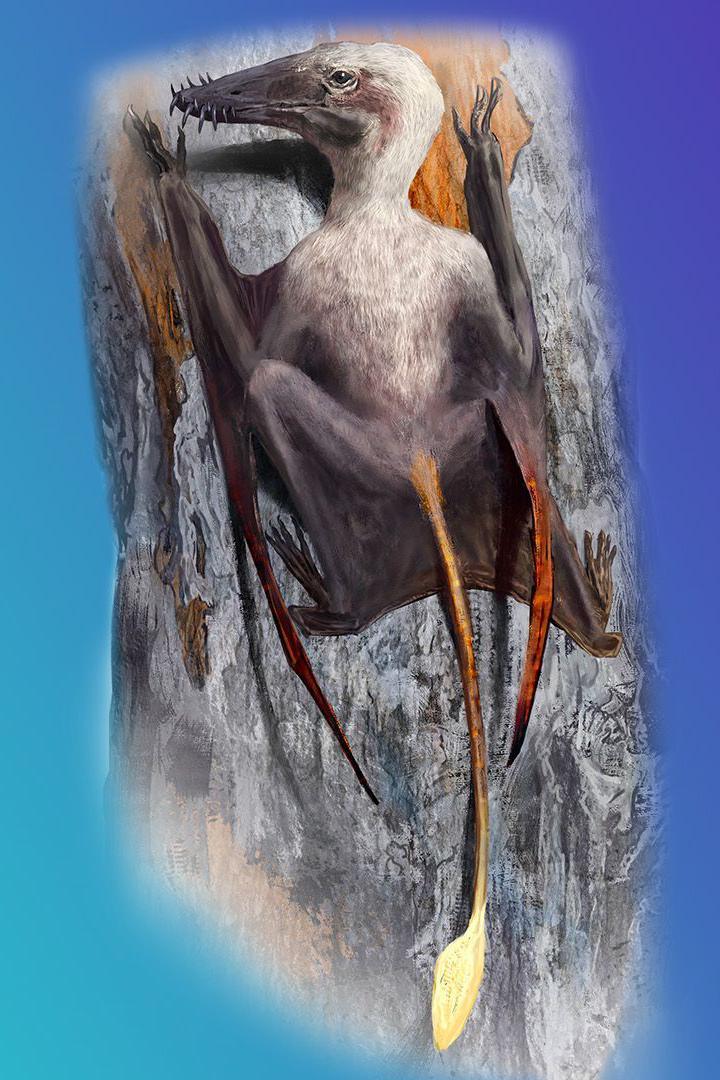
An artist's impression of a Scaphognathus, a type of long-tailed pterosaur, displaying its large, curved claws on their hands and feet, specially adapted for climbing
Pterosaurs were close cousins of dinosaurs that lived between 253 to 66-million-years-ago, during the Mesozoic era.
They evolved from tiny tree-climbers and researchers at the University of Leicester believe they were well adapted to life both in the sky and on the ground.
Evolutionary changes made their hands and feet look more like those of ground-dwelling animals and they had hundreds of fine, needle-like teeth that were used for filter-feeding, much like modern-day flamingos.
It meant they had less competition for food and access to a wider range of foods leading them to become giants weighing up to 250kg.
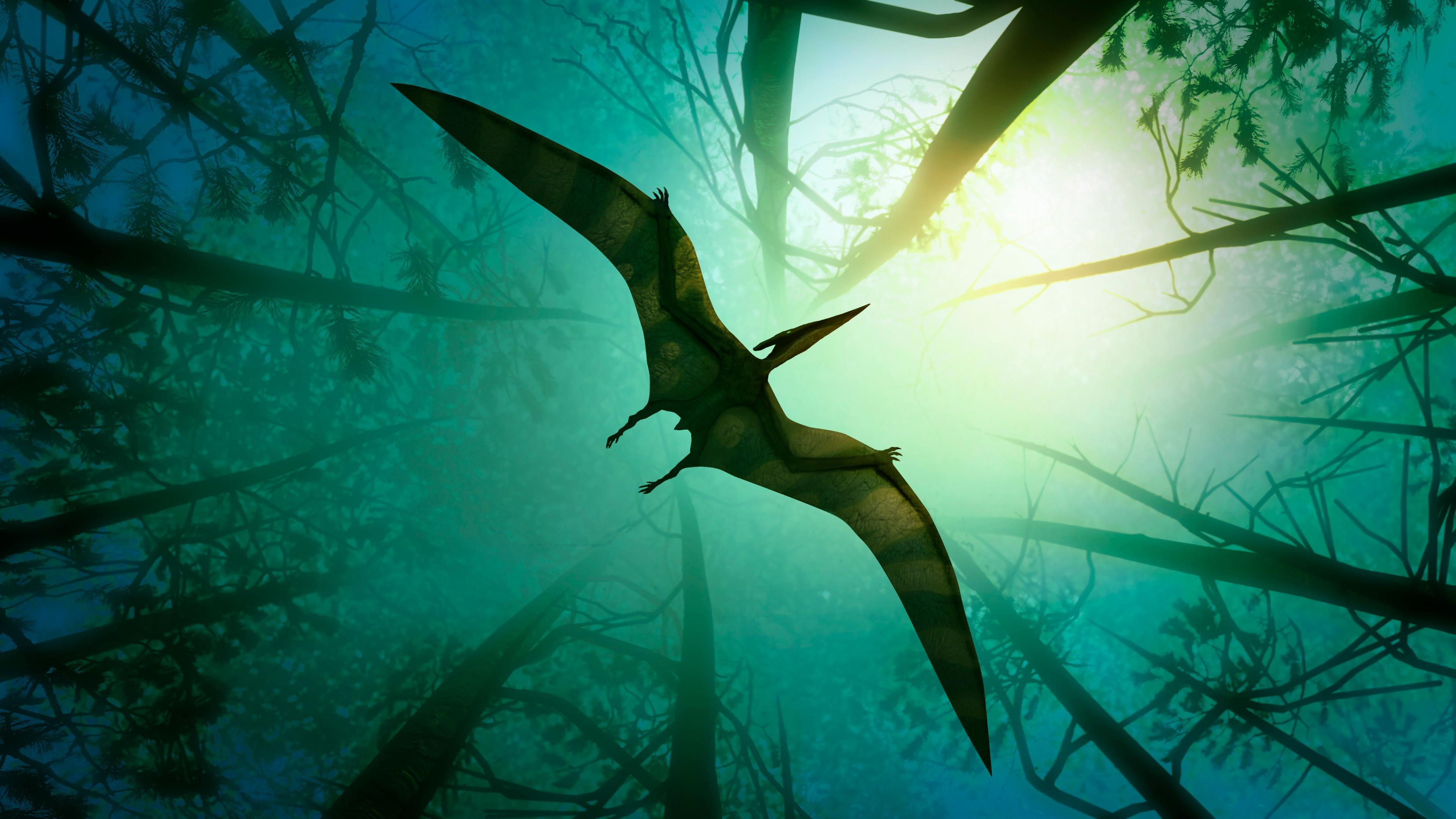
Pterosaurs evolved wingspans of up to 10 metres long
Researchers from University of Leicester's Centre for Palaeobiology and Biosphere Evolution examined the hands and feet of pterosaurs from around the world.
They found that in early pterosaurs, the bones in the hands and feet were ideal for tree climbing and similar to those found in modern-day climbing lizards and birds like woodpeckers.
In more advanced pterosaurs it was the opposite, suggesting the creatures were "better adapted for walking rather than climbing".
Lead author Robert Smyth, a doctoral researcher at the Centre for Palaeobiology and Biosphere Evolution, said: "That pterosaurs could fly is only one part of their story.
"By exploring how they lived in the trees or on the ground, we can begin to understand the roles that they played in ancient ecosystems."
More stories like this
- Published6 September 2024
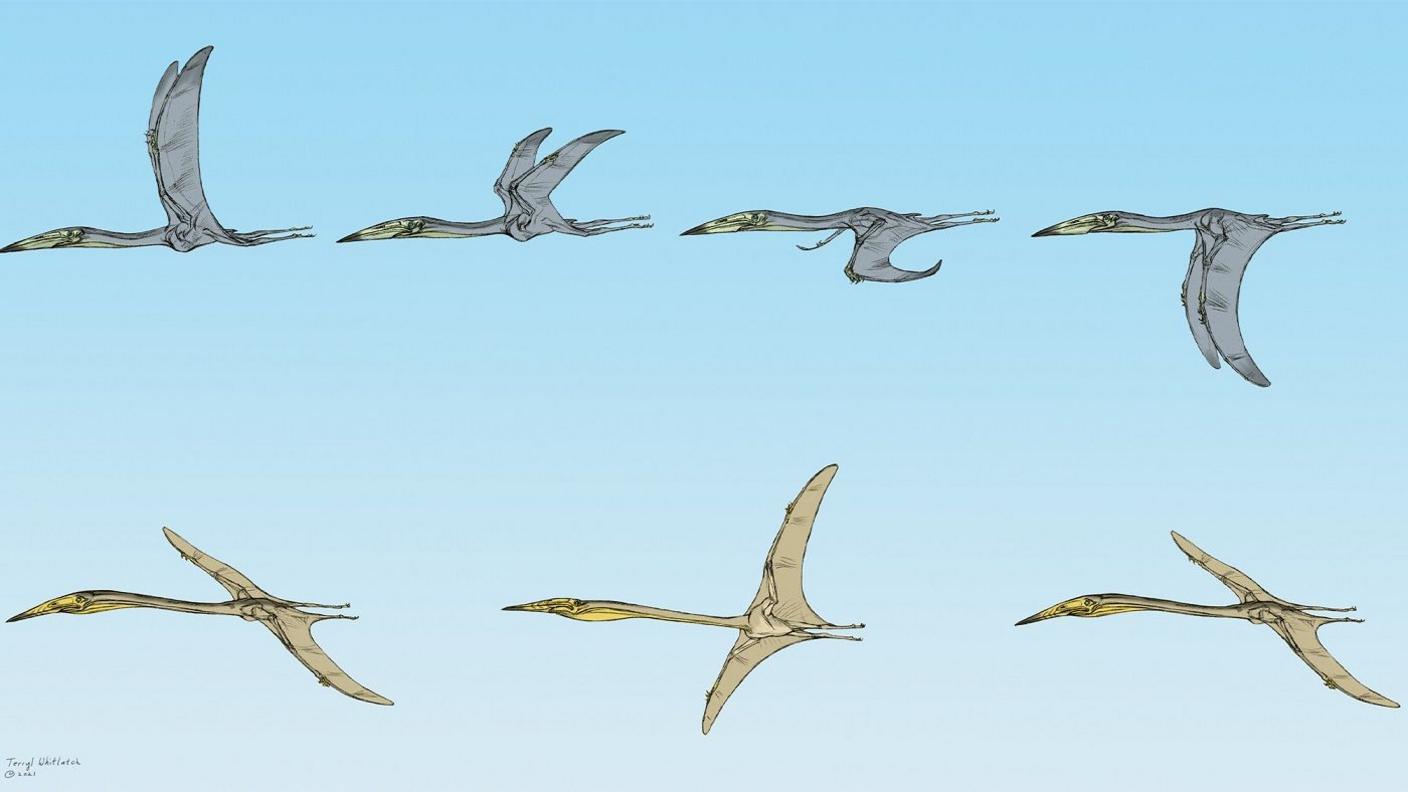
- Published18 April 2024
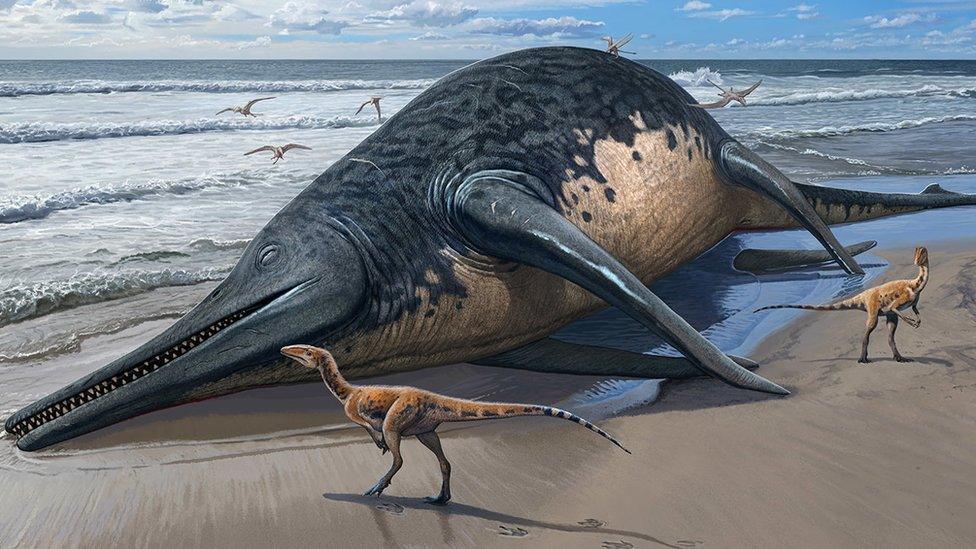
- Published29 September 2024
